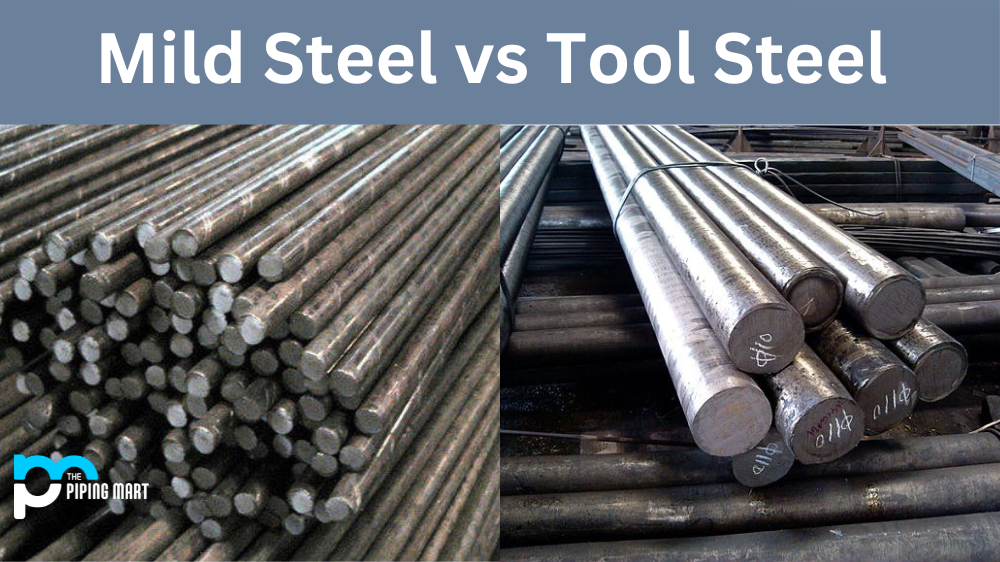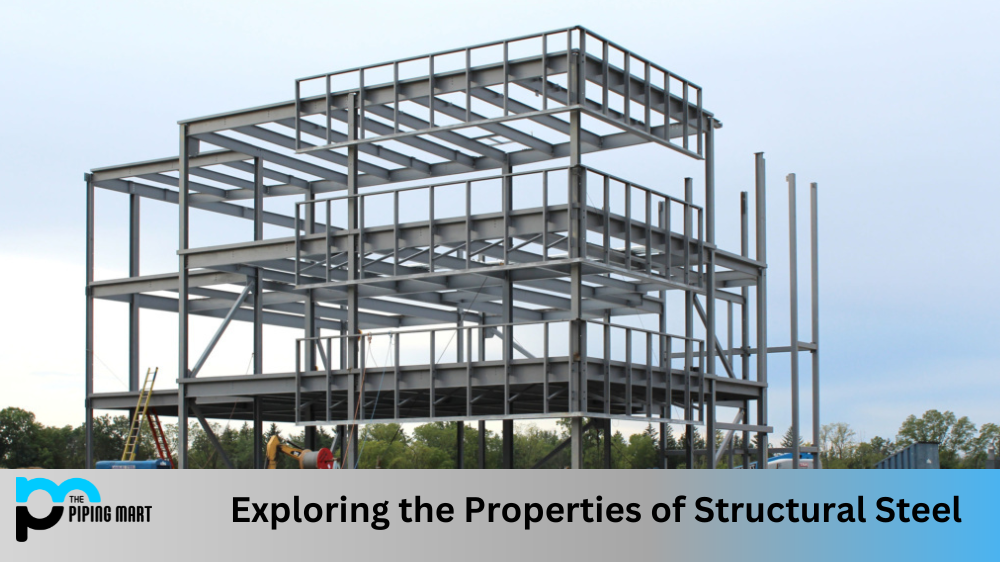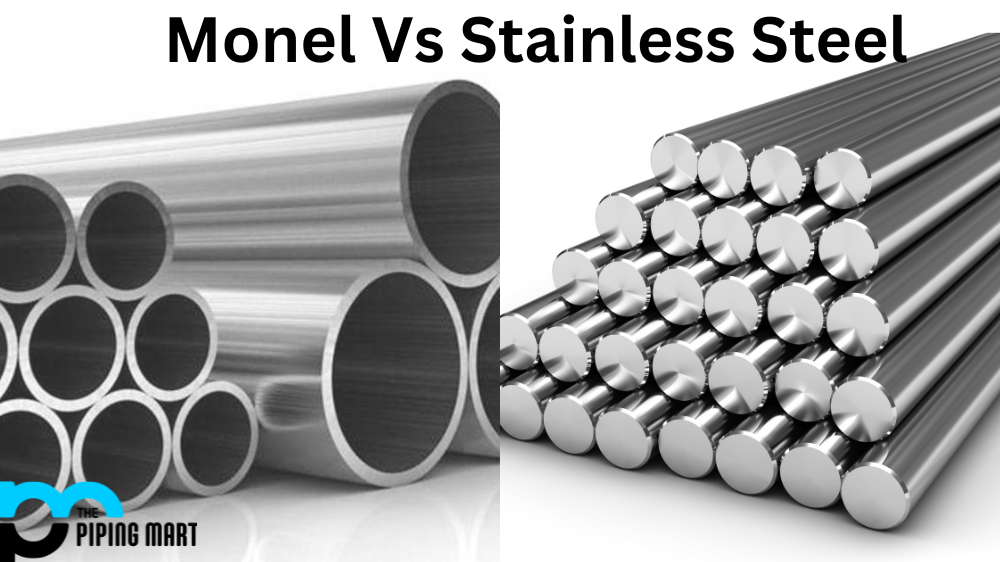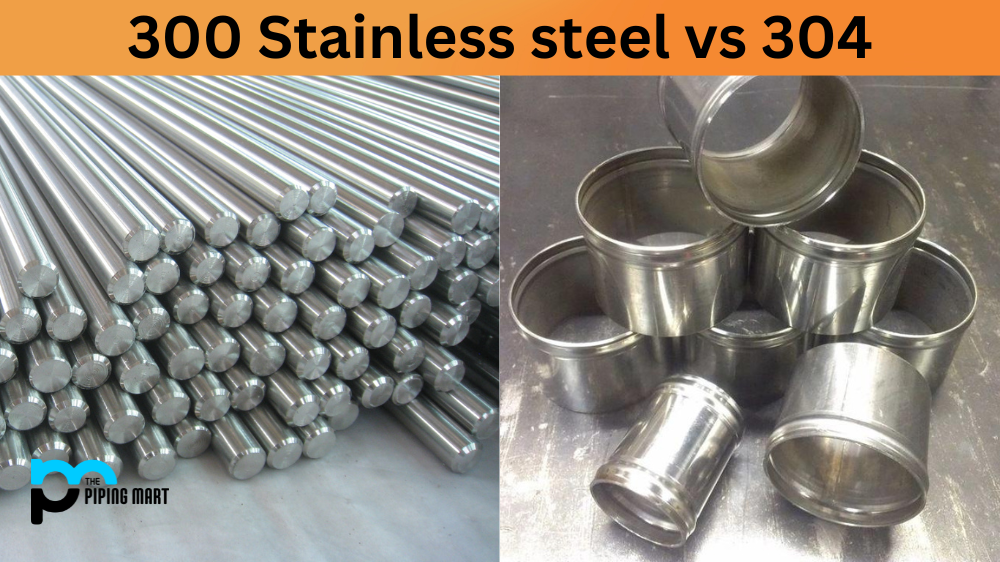When it comes to metalworking, there are a lot of different options out there. Each type of metal has unique properties, making it better suited for specific applications than others. In this post, we’ll look at two common types of steel—mild steel and tool steel—and compare them to help you determine which is the best option for your project.
Mild Steel Properties
Mild steel is a low-carbon iron with less than 0.3% carbon by weight. It’s often used in structural applications such as bridges and buildings because of its strong resistance to corrosion and strength at low temperatures. Mild steel is also relatively easy to work with compared to other metals, so it can be used in machine parts and other projects that require intricate shaping or welding. However, mild steel isn’t hard enough to resist wear and tear from heavy usage or common wear-and-tear items like cutting tools or drill bits.
Tool Steel Properties
Tool steel is a high-carbon alloy that contains more than 0.6% carbon by weight. It’s much harder than mild steel, making it the go-to choice for machinists who need superior strength and durability in their parts or products. Tool steels are often used in applications such as moulding dies, cutting tools, hammers, drills, punches, chisels, shears etc., where high levels of wear resistance are required. Tool steels can also be used for cold forging operations as they provide good formability when heated properly. Due to their hardness, however, they can be difficult for the machine unless special equipment is employed, such as carbide-tipped cutting tools or diamond-coated grinding wheels.
Difference Between Mild Steel and Tool Steel
- Mild steel is a type of carbon steel that contains low levels of carbon.
- Tool steel is a type of carbon steel that contains high levels of carbon.
- Mild steel is softer than tool steel and is, therefore, easier to shape and form.
- Tool steel is harder than mild steel and is more resistant to wear and tear.
- Mild steel is less expensive than tool steel.
- Tool steel is more difficult to work with than mild steel.
Conclusion:
In conclusion, both mild steel and tool steel have their respective uses depending on the application requirements needed by metalworkers and machinists alike. Mild steels are great for structural components due to their corrosion resistance, while tool steels offer superior hardness at higher temperatures making them ideal for machining operations that require superior strength and durability. To determine which one is best suited for your project needs, consider the requirements carefully before deciding which type of steel you should use!

A passionate metal industry expert and blogger. With over 5 years of experience in the field, Palak brings a wealth of knowledge and insight to her writing. Whether discussing the latest trends in the metal industry or sharing tips, she is dedicated to helping others succeed in the metal industry.




